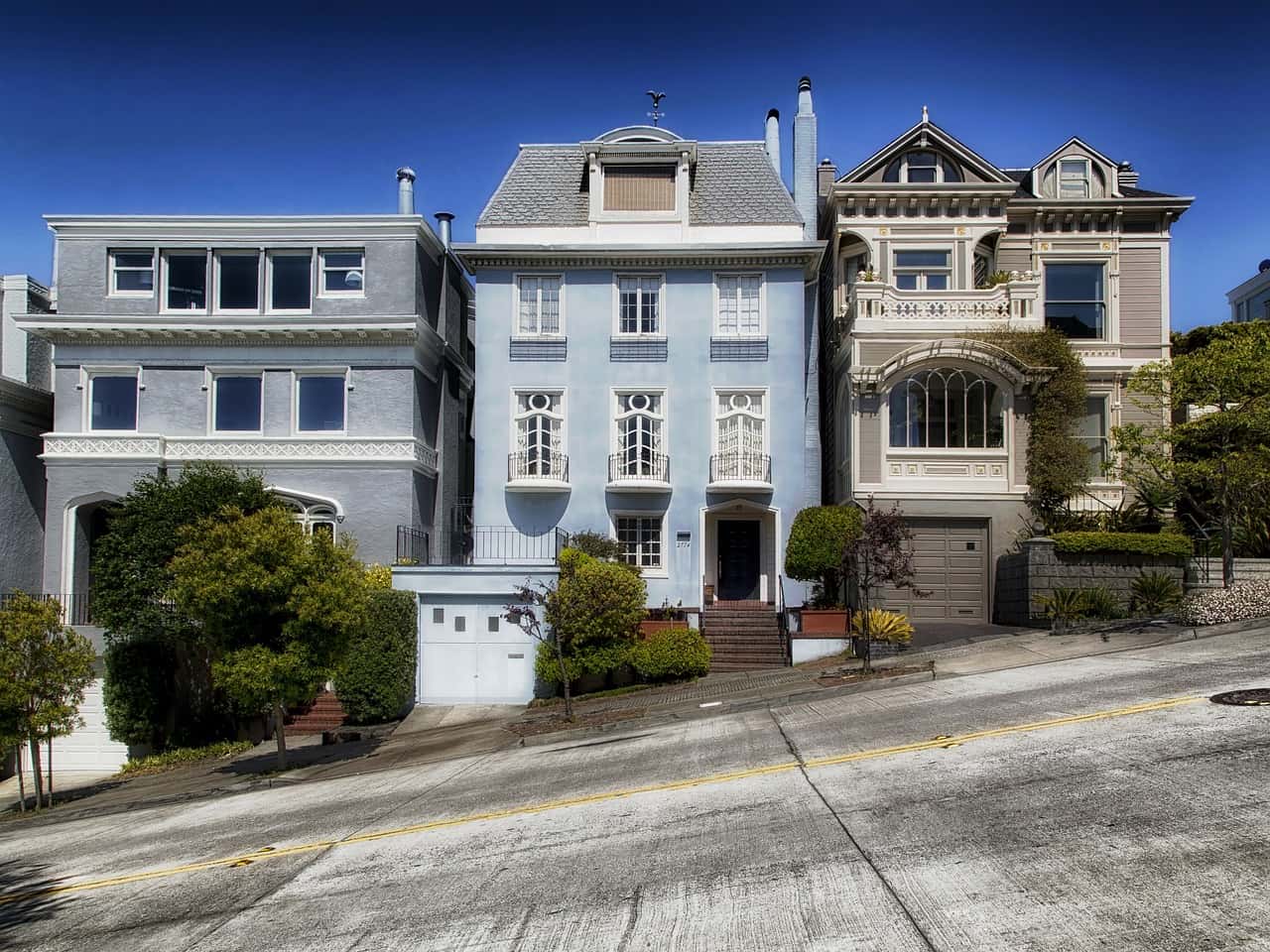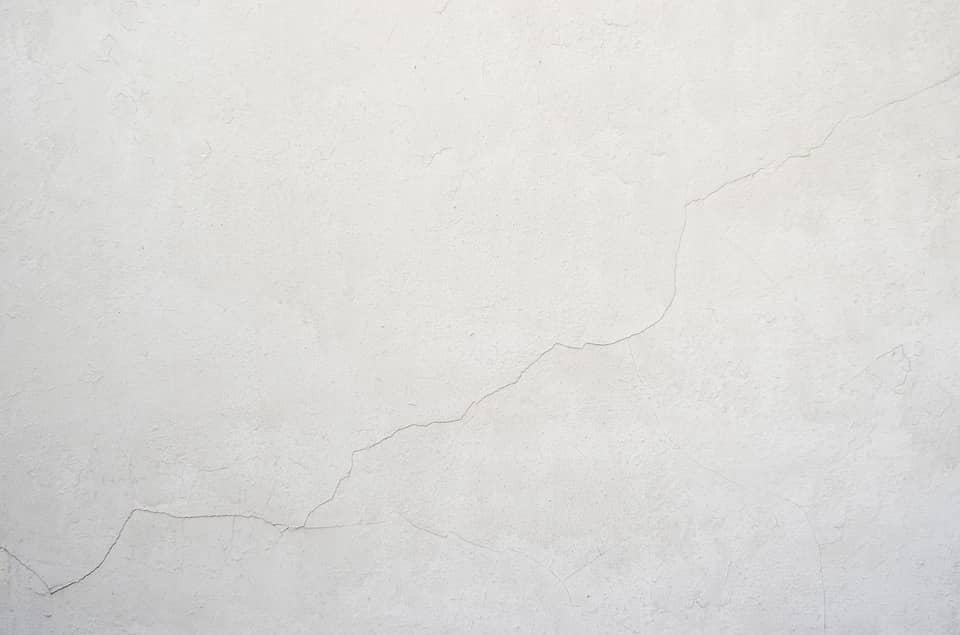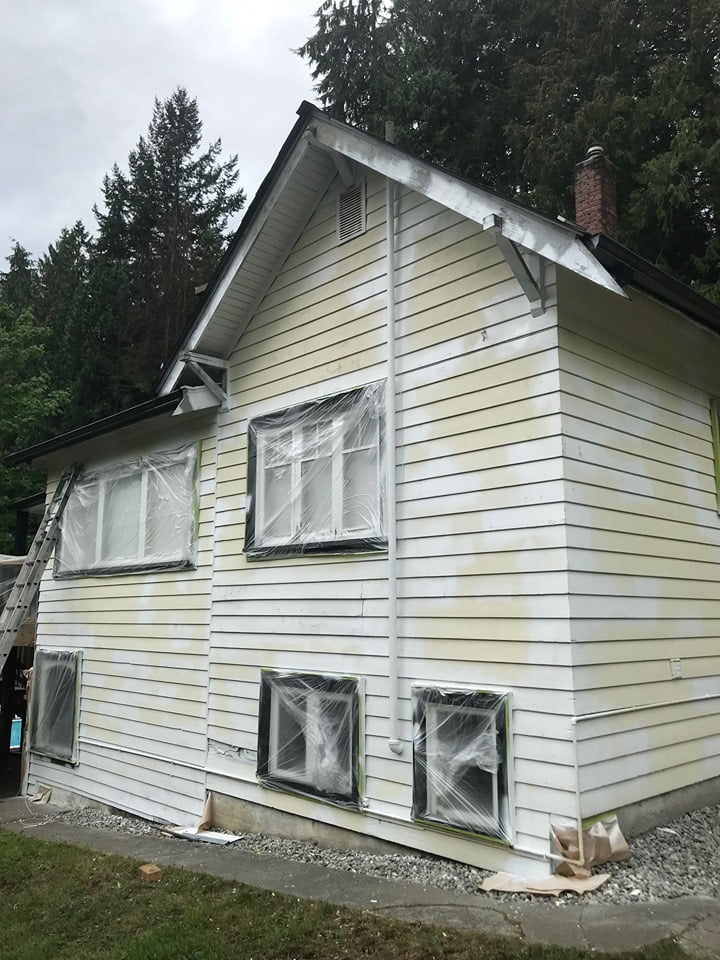8 Signs It’s Time to Repaint the Exterior of Your House

You may find yourself in need of a new coat of paint for any number of reasons. Painting is a time-consuming process, but it is fairly simple and it doesn’t have to cost a small fortune. Here are some obvious and less-obvious signs that it might just be time for a fresh coat of exterior paint.
Obvious Damage

Peeling, cracking, and bubbling paint are good indicators that you may want to sand down and start fresh. Generally, these issues indicate one of two problems. Either the paint was not applied correctly in the first place, leading to early and unnecessary damage, or it has been affected by water, wind, UV rays, and other elements that have caused the paint to start to crack and peel.
In the event that you have peeling or cracking paint, you may also have underlying issues with mildew, rotting wood, dry rot, or even mold. Never ignore bubbling or peeling paint because it may be a sign of a much bigger problem. Even if it’s just a sign that it’s time to paint, of course, it still needs your attention.
Time to Sell

The way you look at your house as an owner versus as a seller are two completely different mindsets. A homeowner might decide that an exterior paint job is fine for another couple years because they don’t want to invest the money right now. An owner that is selling, on the other hand, may reevaluate this or consider painting sooner, even if there aren’t obvious signs of damage, just to help improve the curb appeal and value of the home. Even if you don’t have cracked, fading, or damaged paint, putting your home on the market is always a good time for a fresh coat.
The average cost of exterior house painting is between $1,500 and $3,000 for professional painters, and less if you do some (or all) of the work yourself. That work, however, can easily add $5,000-$10,000 of value to the home simply by updating it and putting it on par with comparable homes in the neighborhood that may be newer or have more recent renovations. A coat of paint isn’t going to make you rich, but it can certainly increase your chances of selling and increase the sale price because it’s one less thing the new buyer doesn’t have to worry about.
Fading Paint
Faded jeans might still be trying to make a comeback, but faded exterior paint is not trendy. To help, take a photo of your home as soon as you finish a fresh paint job. It can be hard to notice a slow fading over time, but if you have proof of what the original color looked like, you’ll notice that things are wearing a lot easier. If it’s been five or six years since you’ve painted, you have probably lost a lot of color and brightness from the elements. Dark paint colors tend to fade quicker than light paint, so that may be a consideration when choosing your new colors, as well.
If you repaint with a lighter color, you won’t have to worry about fading as quickly or as often as you would with darker colors. Another way to check for fading is to look at areas of the house that don’t get a lot of sunlight or exposure. They will have the least amount of fading and damage, allowing you to compare the progression so that you can decide whether or not it’s time to paint again.
Cracked Caulk
Caulking has a much shorter shelf life than most paint products, and especially when used on the exterior of the home that is constantly exposed to the elements. If your caulk work between trim pieces, around the edges of siding, and in other areas, is starting to crack, crumble, or show other signs of age, it might be time to re-caulk and repaint the entire exterior. This will avoid any potential water damage to the siding or other issues and help you add better protection back into your home’s exterior with a fresh coat of paint and a new application of high-quality, durable caulk that will seal the gaps and protect the finish.
Shrinkage and Gaps in the Siding
All building materials are going to succumb to the elements in one way or another, eventually. When you start noticing gaps in siding, shrinkage of wood or trim pieces, or other related issues that are making things appear unkempt and in need of repair, it’s usually a good sign that it’s also time to paint. Like with caulk work, there’s no sense in just fixing the damage or painting over what’s there. You might as well give your house a good once-over, fix gaps and fill holes, and repaint everything for a fresh, cohesive look.
It’s Just Time

The average “shelf life” of an exterior paint job is about five to seven years. Some paint products will last up to 10 years or more, and in some milder climates, paint may not be as susceptible to damage from the elements. Therefore, there is no way to judge exactly when it’s just time to update your paint, but if it’s been over five years, this is a good enough reason. In the Midwest, for example, wood needs painted every three to seven years, while in the drier Southwest climate, wood may be able to go seven to 10 years before it needs painted again.
Always check the exterior paint that you use for an expected lifespan. Consult professional painters to figure out what you can expect in your regional area, based on how the elements affect the paint, and make sure that you update your home’s exterior regularly to keep it protected.
New Construction
Most contractors will use pre-primed wood for construction and then apply a single coat of paint over the wood when they are building new construction. If you aren’t sure how many layers of paint were applied to your home at the time of construction, as your builder or contractor. In most cases, it’s only one or two coats and it doesn’t really offer the best protection because most contractors use cheaper builder’s paint materials that they can get discounts on when they purchase large quantities.
If you have a new construction home and aren’t sure how the initial painting process was done, consider painting within five years of construction to ensure that you have a solid layer of protection for the home before there is time for too much damage to occur. Too often, people assume that a new home is good to go, but you have to remember that building standards and your personal needs for a high-quality protective exterior paint are usually two separate things.
More Curb Appeal
If you’re looking for a way to update your curb appeal and you’ve already done all the landscaping and driveway work that you can think of, a fresh coat of paint could be exactly what you need. Keep in mind that color trends change over time, too, so the value of your curb appeal could be impacted by the color of your home. For example, if your home is an olive green that was popular in the 70s and 80s, you’re going to want to update it to a more modern color both for value and for a better look. Research exterior trends and paint colors to find the best look.
Conclusion
Painting your home can breathe new life into the exterior. It can increase the home’s value, as mentioned at the beginning of this article, and it can offer a greater level of protection from the elements. Sometimes, people choose to paint simply to update the color or because there are new, better exterior paint products available on the market. It doesn’t really matter what your reasons are, though, because a fresh coat of exterior paint can go a long way.
If you aren’t sure whether or not it’s time to paint your house, take stock of the situation and see where you stand. Check for fading, damage, and other issues listed above. Find out how long it’s been since your home was last painted (if you weren’t the one to paint it), and what the recommended lifespan is for a paint job in your climate. That way, you can freshen things up before damage starts to occur and save yourself a lot of prep work and repairs.
 (877) 663-5483
(877) 663-5483 (844) 333-1387
(844) 333-1387



